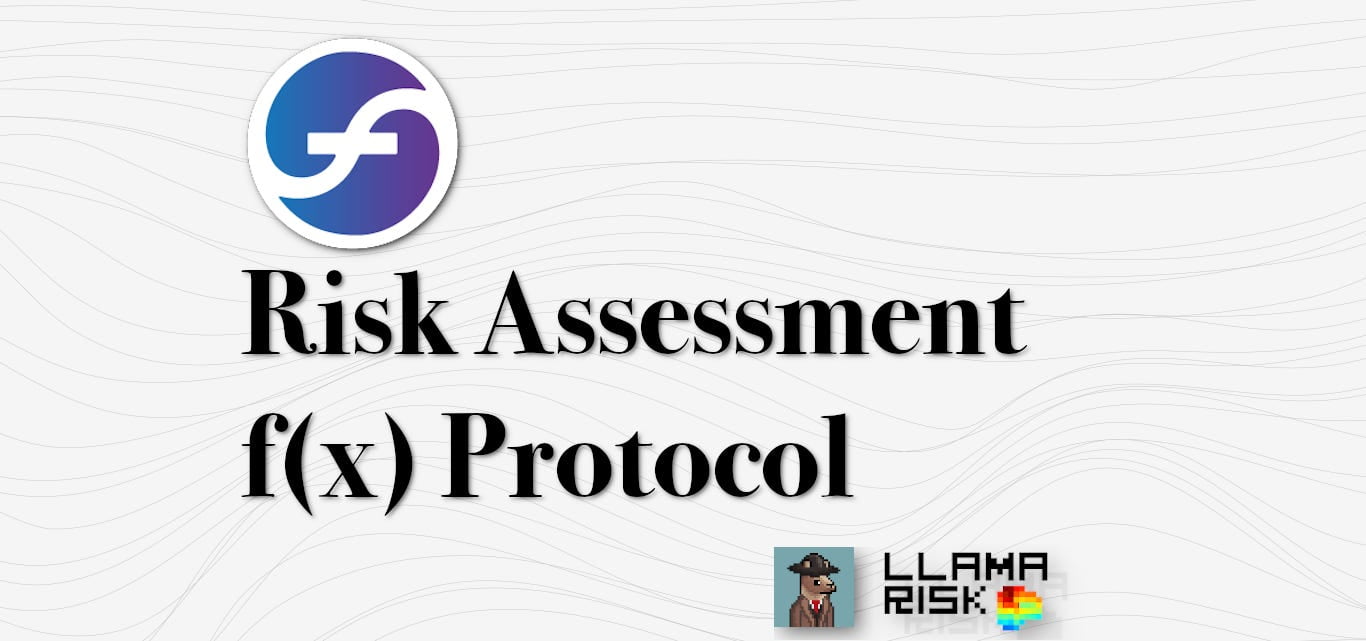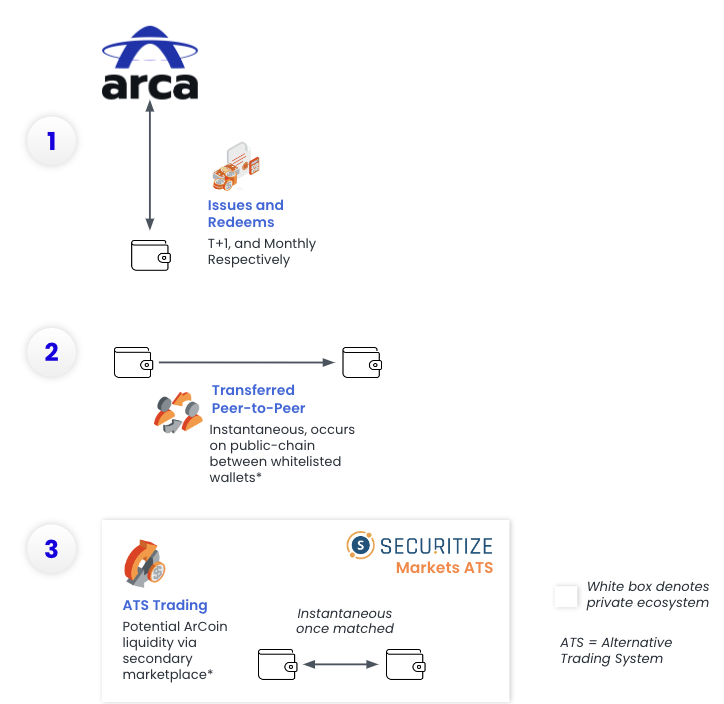Research Summary
The f(x) protocol, developed by Aladdin DAO, introduces a dual-token model, Fractional ETH (fETH) and Leveraged ETH (xETH), to provide stability and directional exposure to the underlying ETH. The protocol operates through Curve liquidity pools, with liquidity incentives paid in native FXN tokens. The protocol allows users to deposit various tokens to create low or high-volatility tokens. The value of fETH and xETH tokens is dynamically tied to the price of ETH. The protocol algorithmically adjusts the redemption value of fETH and the NAV of xETH in response to ETH price changes to maintain stability.
Key Takeaways
Protocol Operation and Token Model
- Introduction of Dual-Token Model: The f(x) protocol introduces a dual-token model, Fractional ETH (fETH) and Leveraged ETH (xETH), to provide stability and directional exposure to the underlying ETH. This model caters to users with a lower risk appetite and a preference for hard money properties not susceptible to inflation.
- Operation through Curve Liquidity Pools: The protocol operates through Curve liquidity pools for fETH/crvUSD, fETH/FraxBP, and xETH/ETH, with liquidity incentives paid in native FXN tokens. FXN tokens are used for governance and fee collection, with vote-locked FXN (veFXN) holders earning a portion of the f(x) platform profits and participating in governance.
- Token Minting and Redemption: Users can directly mint and redeem fETH using stETH, eliminating the need for a USD reference. The protocol algorithmically adjusts the redemption value of fETH and the NAV of xETH in response to ETH price changes to maintain stability and the f(x) invariant.
- Dynamic Value Tied to ETH: The value of fETH and xETH tokens is dynamically tied to the price of ETH, ensuring that the combined value of all tokens equals the total value of the ETH reserve.
System Health and Stability Measures
- Collateralized Debt Position: The f(x) system operates as a collateralized debt position (CDP), with ETH serving as collateral and fETH representing the borrowed amount. The health of the system is evaluated using a collateralization ratio (CR), which must exceed 100% to maintain adaptive volatility.
- Stability Mode Activation: Stability mode is activated when the CR falls below 130%, triggering protective measures. These measures include disabling minting fETH, waiving redemption fees for fETH, waiving minting fees for xETH, and increasing redemption fees for xETH.
- Rebalance Pool: The protocol employs a dynamic strategy of redeeming fETH tokens from the Rebalance Pool to reinforce the CR. The Rebalance Pool allows fETH holders to deposit their tokens and earn a share of the staking yield generated by the reserve’s stETH.
- Stabilization Mechanism: In scenarios of persistent or severe downward pressure on the CR, the protocol activates a stabilization mechanism funded by the Reserve Pool. xETH minting incentives are activated using stETH reserves in the pool as incentives for users to mint xETH.
Contract Functionality and Security
- Contract for Minting and Redeeming: The f(x) system includes a contract for minting and redeeming fETH and xETH, with configurable fee and incentive parameters. The contract has logic to adjust parameters during Stability Mode, pause mint/redeem operations, and incentivize redeeming fETH.
- Smart Contract Risks: Smart contract risks are a constant threat, but the f(x) protocol has undergone 3 audits to date, with a 4th audit planned for additional contracts. The team is developing a stability mechanism that involves incentivizing fETH redemption and controlling the bonusRatio parameter to prevent unintended bonus rewards.
- Bug Bounty Program: Aladdin DAO has a bug bounty program with a maximum bounty of $500,000 for responsible disclosure of critical bugs in its smart contracts.
- Ownership Structure: The Aladdin DAO 6-of-9 multisig has ownership privileges across the system. The Market contract has an EMERGENCY_DAO_ROLE that can pause system mints/redeems. The RebalancePool has a liquidator role assigned to a permissionless liquidation contract.
Legal and Regulatory Considerations
- Legal Entities: The ownership structure and legal entities associated with the f(x) Protocol are not explicitly detailed, but there are discussions about setting up a legal structure for Aladdin DAO. The protocol operates in a decentralized manner and is not confined to the regulatory framework of any specific country.
- Terms of Use: The frontend lacks comprehensive Terms of Use/Terms and Conditions, which may expose the platform operator to legal risks and inadequate protection for retail holders. There is no public information or documentation regarding enforcement actions against fx.aladdin.club, Aladdin DAO, or any affiliated organizations.
- OFAC Sanctions: Individuals who are citizens or residents of countries subject to OFAC sanctions or the United States are prohibited from using the protocol.
Actionable Insights
- Understanding the Dual-Token Model: The dual-token model of fETH and xETH provides stability and directional exposure to the underlying ETH. This model caters to users with different risk appetites and preferences, offering a unique investment avenue.
- Monitoring System Health: The health of the f(x) system is evaluated using a collateralization ratio (CR), which must exceed 100% to maintain adaptive volatility. Monitoring the CR can provide insights into the system’s stability and potential risks.
- Exploring Contract Functionality: The f(x) system includes a contract for minting and redeeming fETH and xETH, with configurable fee and incentive parameters. Understanding the functionality of these contracts can provide insights into the system’s operation and potential investment strategies.
- Considering Legal and Regulatory Factors: The ownership structure and legal entities associated with the f(x) Protocol are not explicitly detailed. Considering these factors can provide insights into the protocol’s legal standing and potential regulatory risks.













